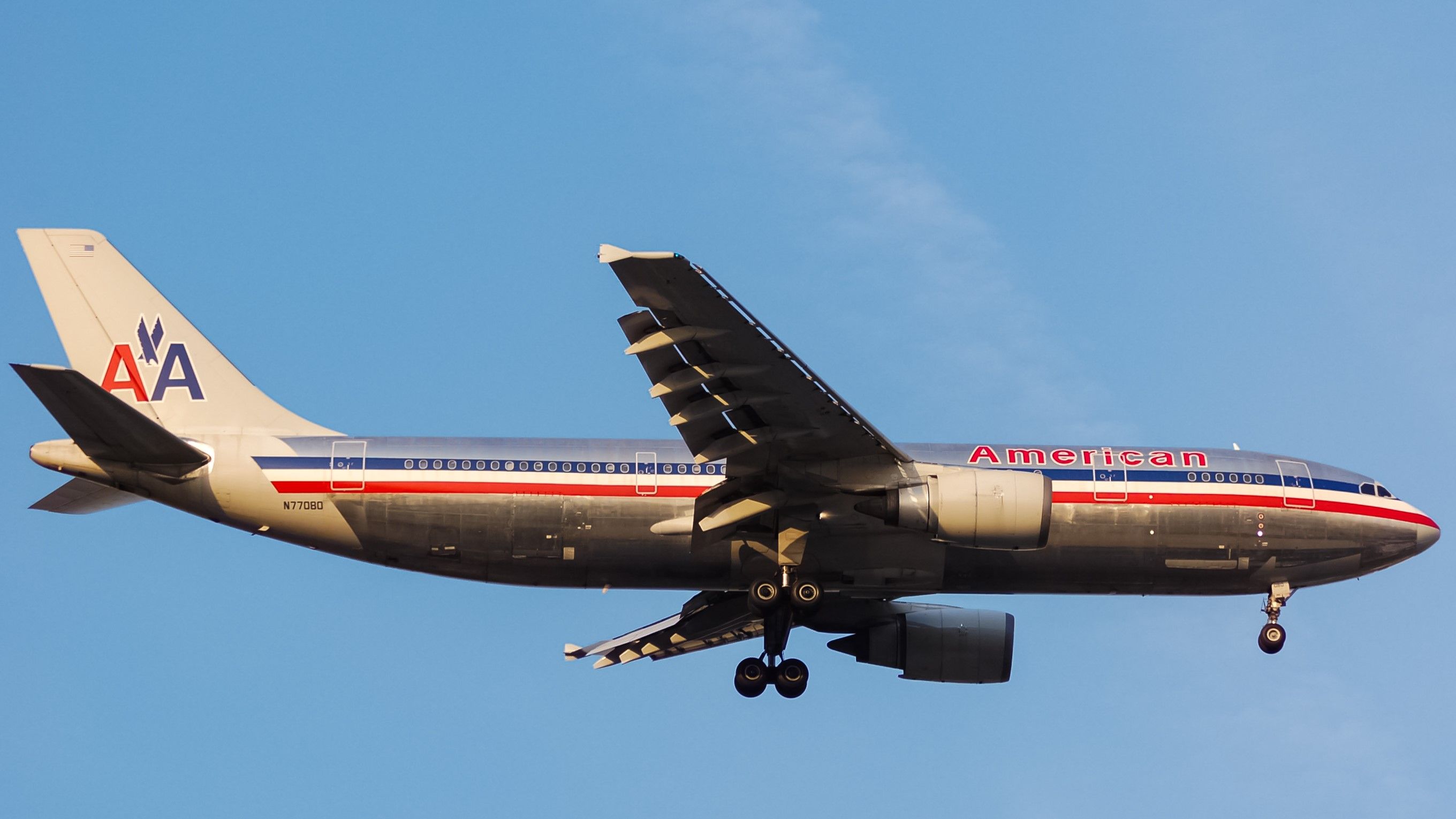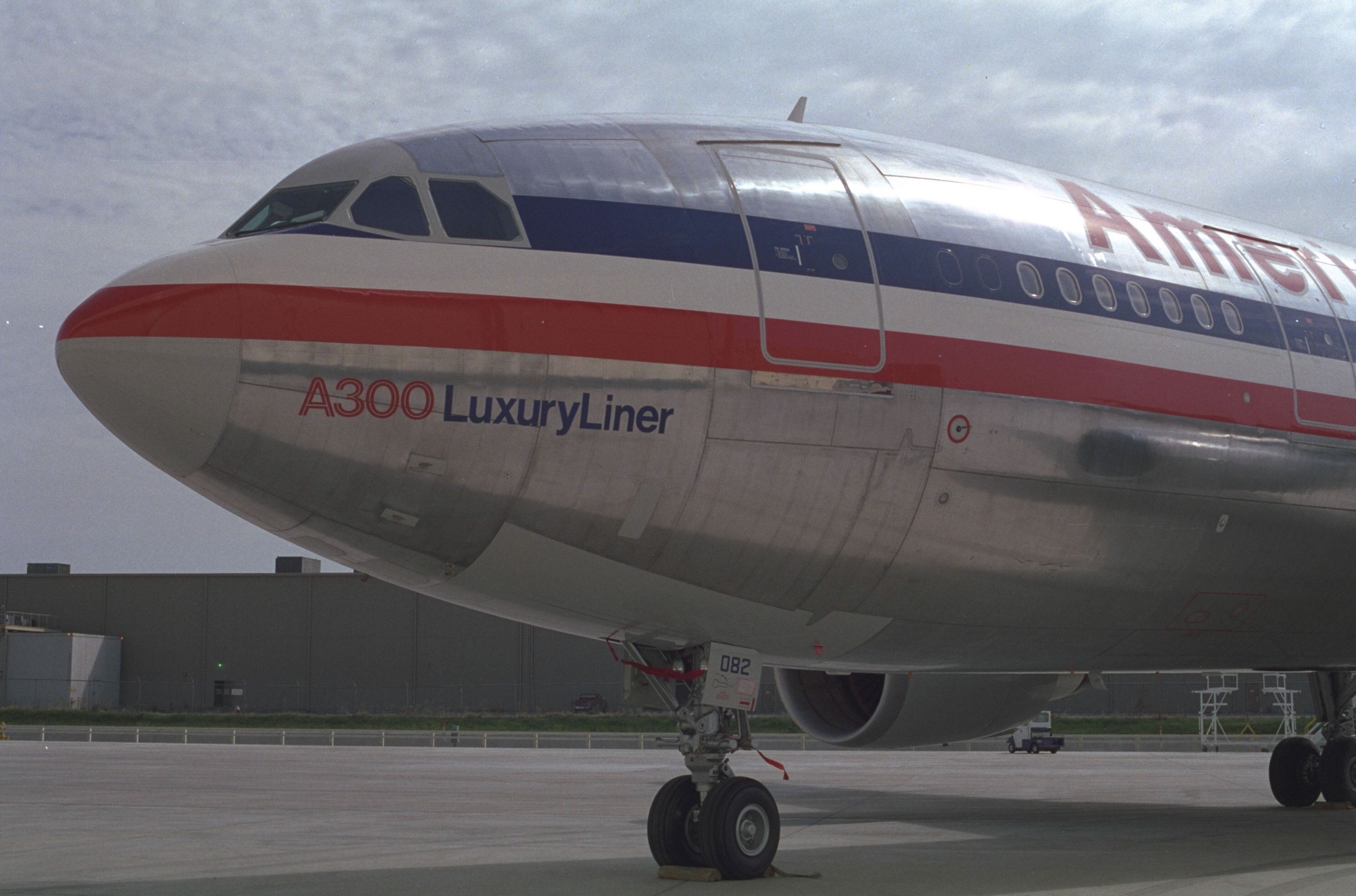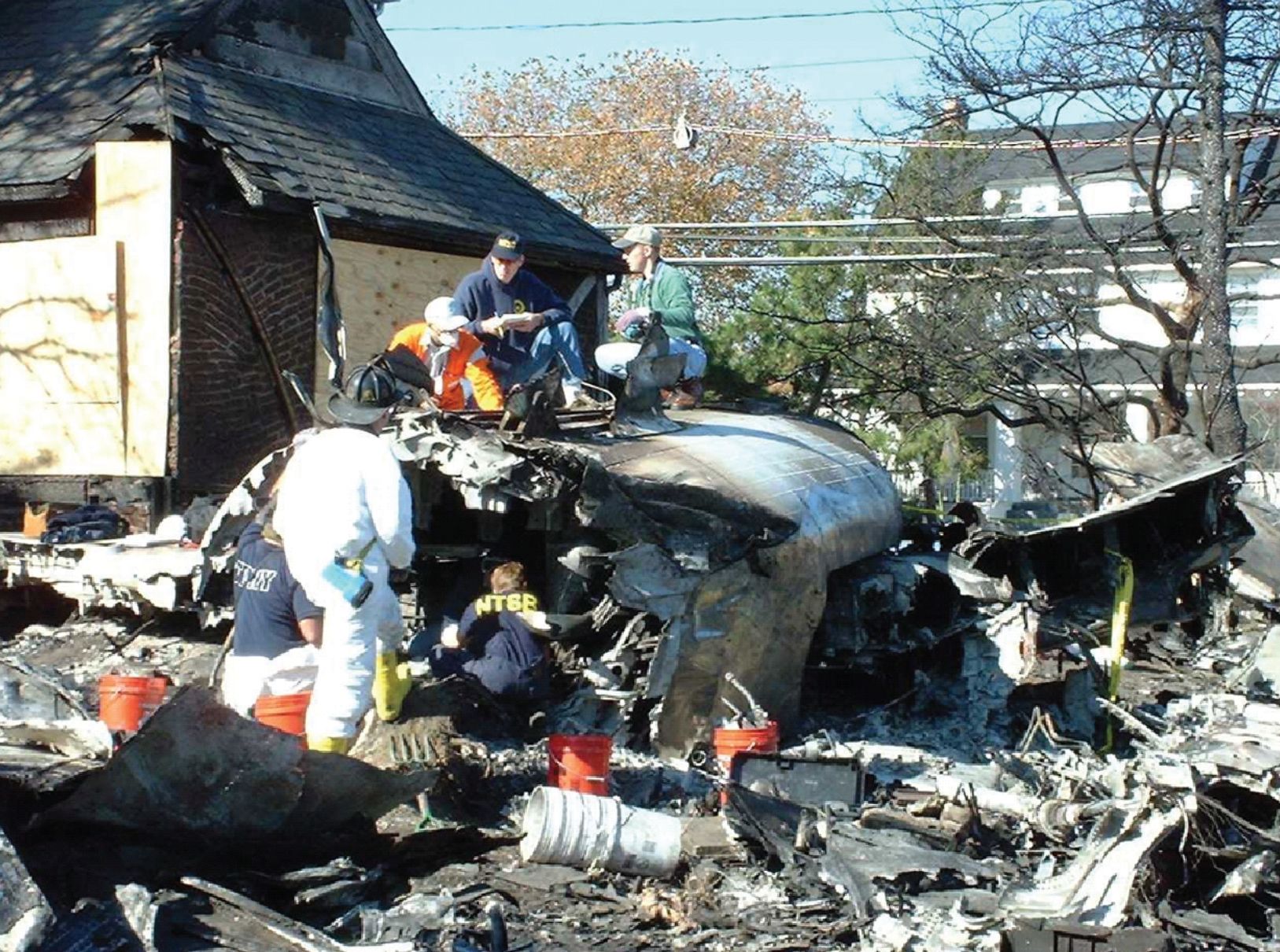Summary
- American Airlines operated 35 Airbus A300-600R aircraft from 1988 to 2009, mostly used on Caribbean routes with high-density seating.
- The carrier's last A300 flight took place in 2009 after over 21 years of service, and now only one example from AA's cohort remains active.
American Airlines operated a fairly sizeable fleet of Airbus A300 aircraft between 1988 and 2009. The A300 was the world's first twin-engine widebody jetliner, and it served the Fort Worth-headquartered US legacy carrier and oneworld founding member well over those two decades. With American Airlines having gone on to fly various other Airbus jets, let's examine the A300's time at the carrier more closely.
American Airlines' Airbus A300 fleet in a nutshell
According to historical fleet data from ATDB.aero, American Airlines operated a grand total of 35 Airbus A300 aircraft over the years, all of which were examples of the A300-600R variant. As it happens, American Airlines was the first carrier to receive the A300-600R, which, according to Airbus, had an "increased range [compared to the standard A300-600] (...) from the fuel trim tank located in its tail."
Love aviation history? Discover more of our stories here!
More than a third of American Airlines' Airbus A300s joined the carrier in 1988, with 13 examples of the type coming onboard arriving between April and November of that year. In terms of the remaining deliveries, 1989 saw another 12 arrivals before a delivery-free year in 1990. However, deliveries resumed after this brief hiatus, with five in 1991, four in 1992, and one final arrival taking place in February of 1993.
According to data from Planespotters.net, American Airlines configured its Airbus A300 aircraft with two classes, accommodating 267 passengers. The layout was rather economy-heavy, with 251 seats accounting for 94% of the plane's total capacity. The remaining 16 seats were reserved for first class passengers at the front of the widebody twinjet.
One example met a tragic end
For the most part, American Airlines enjoyed a harmonious working relationship with the Airbus A300, and most of its examples served the carrier until the late 2000s. However, there was an exception to this rule, with N14053's service at the airline being tragically cut short after being involved in a fatal accident while operating American Airlines flight 587 from New York to Santo Domingo in November 2001.
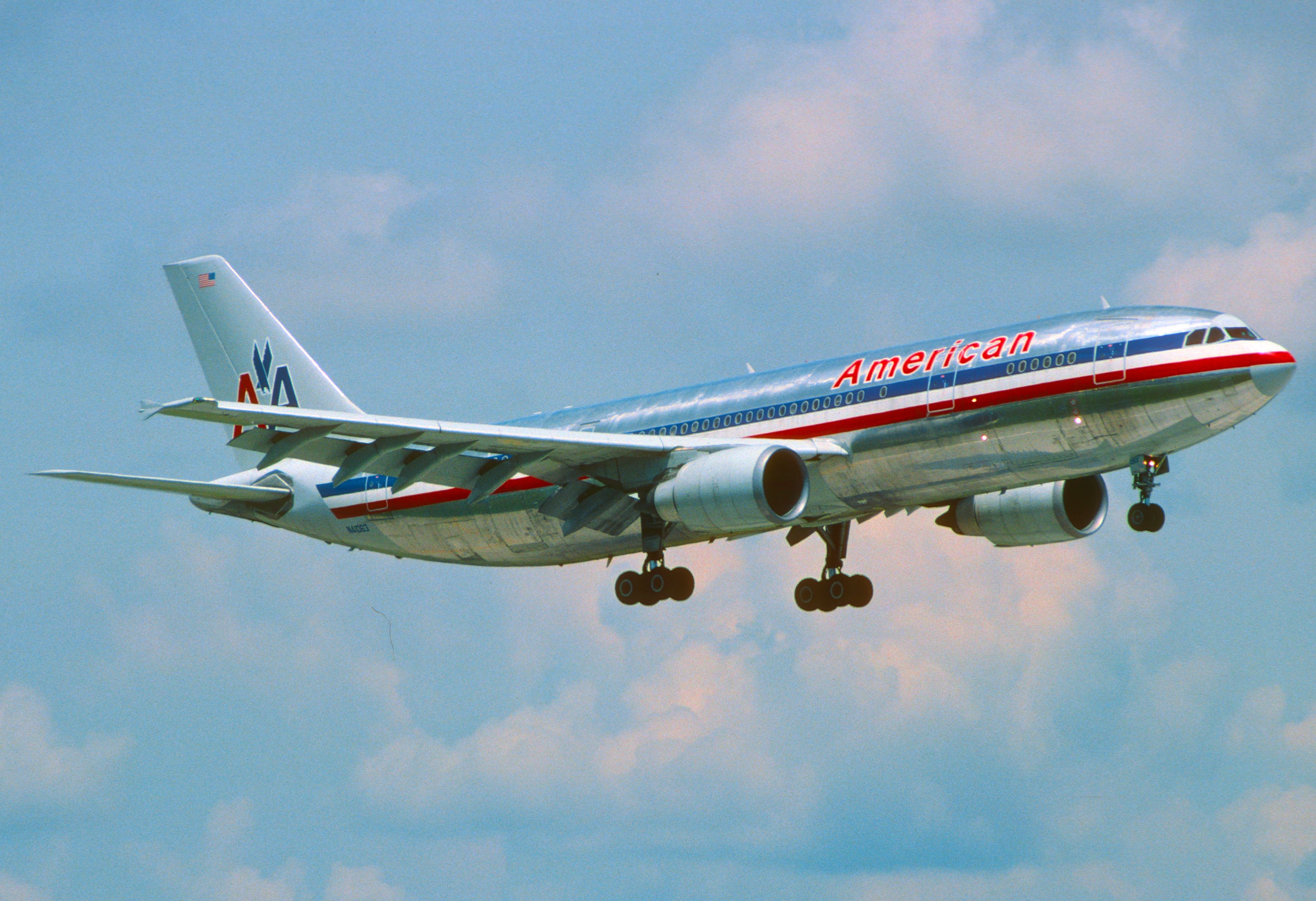
What Caused The Crash Of American Airlines Flight 587?
The mismatch between the design and pilot handling cost 265 lives.Just two months after New York had been at the epicenter of the 9/11 terrorist attacks, the city was once again the site of an aviation tragedy when flight 587 crashed in Belle Harbor shortly after leaving JFK Airport. According to the Aviation Safety Network, all 260 of the aircraft's occupants died as a result of the crash, as well as five people on the ground. But what was the reason behind the accident?
As covered in our article linked above, an investigation into the accident found that "unnecessary and excessive rudder pedal inputs" by the flight's first officer had caused the plane's tail to break off, rendering it unable to fly. These inputs were being made in response to wake turbulence encountered following the earlier departure of a Boeing 747, but they fatally pushed the tail beyond its limits.
Popular on Caribbean routes
As noted, flight 587 was supposed to travel from New York JFK Airport to Santo Domingo in the Caribbean. As it happens, this was a popular market for the A300 at American Airlines, both in terms of leisure traffic (hence the high-density seating configuration) and for those visiting friends and relatives in the region. Seat Expert confirms that "the Airbus A300 [was] used primarily by AA in Caribbean markets."
According to scheduling data made available by Cirium, an aviation analytics company, American Airlines scheduled 30,720 flights with the Airbus A300 in 2004. Its top route for the type that year was from New York JFK to San Juan in Puerto Rico, averaging as many as six rotations a day in certain months. 2005 saw American Airlines schedule 31,235, followed by 28,916 in 2006. The remaining years saw:
- 2007 - 31,462 flights.
- 2008 - 28,935 flights.
- 2009 - 8,383 flights.
The end of the line in 2009
After more than 21 years of service at the carrier, the last American Airlines A300 flight took place between Miami International Airport (MIA) and New York JFK on August 24th, 2009. Before the departure, the carrier held a celebration for 150 guests, as well as giving the aircraft a traditional water cannon send-off. When talking about the A300 with Airbus, American Airlines Chief Pilot Delvin Young said:
"For those of us that flew the A300 at American Airlines, it was an aircraft that stole our hearts. It was more than an airplane, it was also the character and personality of the people that flew and worked it. We were an airline within the airline. We were, and are still, a family - including our friends at Airbus. We took two great teams and created airline history."
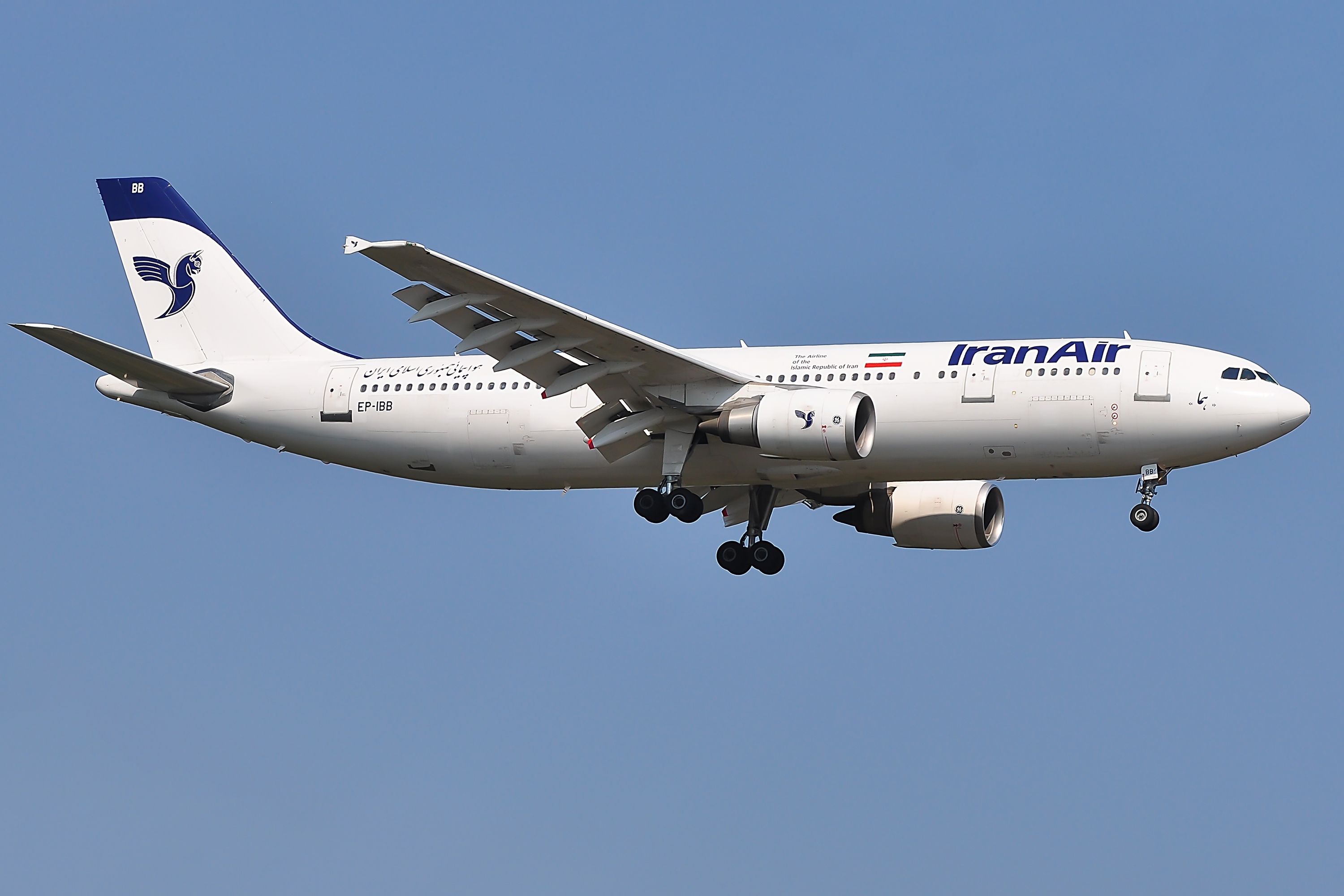
The Fall Of The Airbus A300
What led to the downfall of Airbus' revolutionary A300 aircraft?Apart from the example involved in the crash of American Airlines flight 587, all of the carrier's Airbus A300-600R aircraft departed in 2008 and 2009. Sadly, the vast majority have since been scrapped in the intervening 15 years, with only one example still listed as active today. This aircraft now bears the registration XA-UYR, and it has been flying cargo for Mexican carrier AeroUnion since January 2017.
Did you ever fly on an American Airlines Airbus A300? Perhaps you've experienced the world's first twin-engine widebody jetliner with another carrier? Let us know your thoughts and experiences in the comments!

